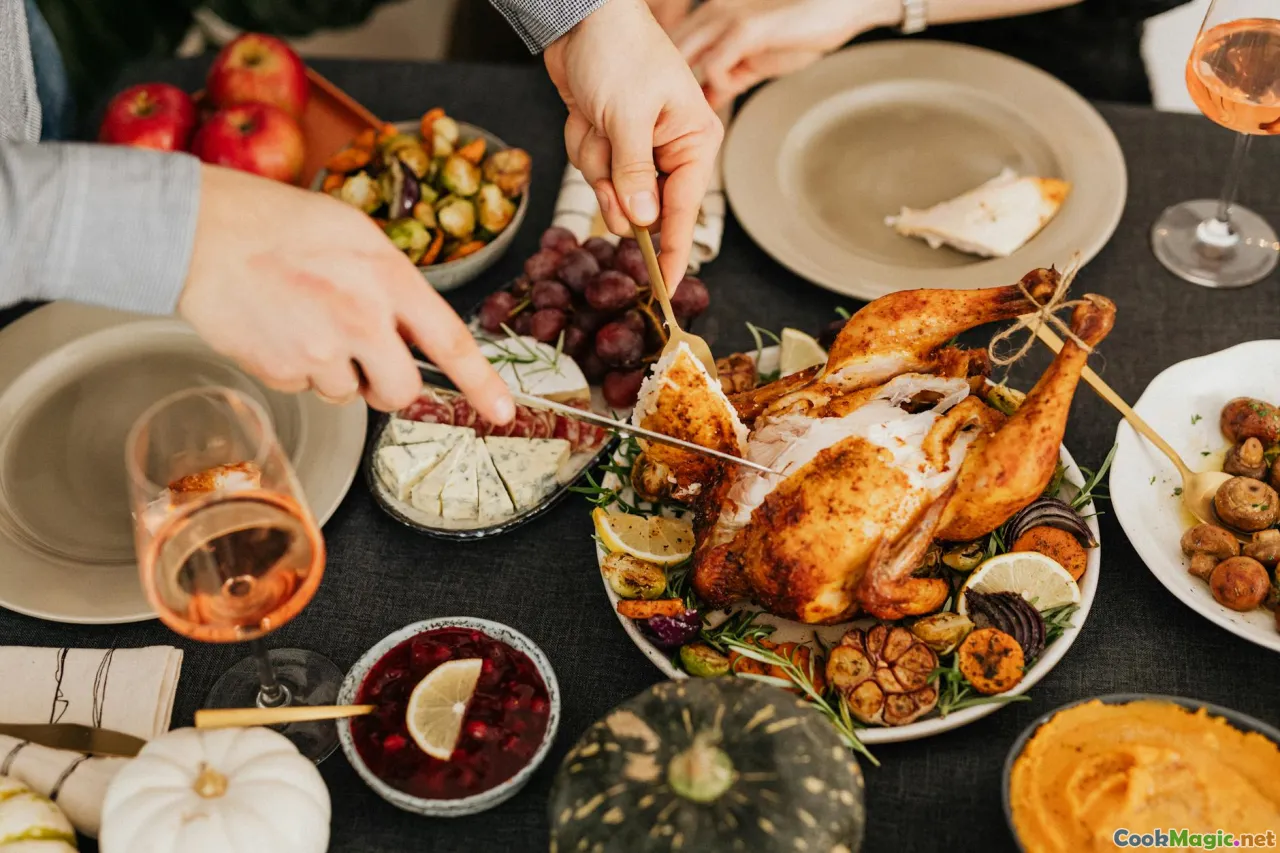Holiday Foods Celebrations in Uzbek Cuisine
7 min read Explore the vibrant world of Uzbek holiday foods, from festive plov to special bread, revealing rich traditions and culinary secrets behind celebrations. April 21, 2025 14:00
Holiday Foods Celebrations in Uzbek Cuisine
Imagine a land where the scent of saffron, the crackle of freshly baked bread, and the aroma of seasoned meats fill the air, heralding joyous festivities that have been cherished for centuries. Uzbekistan, a crossroads of civilizations along the Silk Road, boasts a culinary tapestry woven with history, tradition, and community. Its holiday foods are not merely dishes but vibrant expressions of cultural identity, family bonds, and seasonal celebrations.
The Heartbeat of Uzbek Celebrations: Food and Tradition
Uzbek cuisine is inherently communal, and holidays are the perfect occasion to gather around tables laden with sumptuous dishes. These culinary traditions are deeply rooted in the land’s history, nomadic lifestyle, and Islamic customs, yet they have evolved into a uniquely Uzbek identity that continues to thrive.
When Uzbek families celebrate, they honor centuries-old recipes passed down through generations, each dish telling a story of love, resilience, and cultural pride. The preparation of these foods is often a ritual, involving meticulous techniques and shared labor, turning cooking into a collective act of celebration.
Major Uzbek Holidays and Their Culinary Highlights
Navruz: The Spring Festival of Renewal
Navruz, marking the Persian New Year and the arrival of spring, is arguably Uzbekistan’s most cherished holiday. It’s a time of renewal, rebirth, and hope, celebrated with an abundance of traditional foods.
Key Dishes:-Sumalak: A sweet, thick paste made from germinated wheat, cooked slowly over charcoal, symbolizing prosperity and growth.
- Paskhalon: A festive bread, often decorated with intricate patterns, representing the sun and new beginnings.
- Fresh salads and herbs: As vibrant as the season, highlighting the bounty of spring.
The aroma of sumalak, with its nutty, earthy scent, fills homes and markets, inviting families to partake in the ritual of sharing and giving.
Ramadan and Eid al-Fitr: Fasting and Feasting
During Ramadan, fasting is broken each evening with a rich array of foods, culminating in the Eid al-Fitr celebration.
Key Dishes:-Shashlik: Juicy skewers of marinated meat grilled over open flames, infused with herbs.
- Osh (Plov): The iconic Uzbek pilaf, a fragrant medley of rice, tender lamb, carrots, onions, and spices, cooked in a kazan (cast-iron pot) until each grain is infused with flavor.
- Samsa: Savory pastries filled with meat or vegetables, baked to golden perfection.
Eid celebrations often feature communal feasts, where families share hearty dishes, sweets like Halva, and traditional bread, emphasizing gratitude and unity.
Independence Day and National Festivals
On national holidays, the Uzbek table transforms into a showcase of culinary pride.
Specialty Dishes:-Kazan Kabob: Large, flavorful skewers cooked over open coals, seasoned with cumin and herbs.
- Mastava: A rich, hearty soup combining meat, vegetables, and rice.
- Bread varieties: From Non(leavened bread baked in tandoors) toChorek (small, round bread rolls), bread remains a symbol of hospitality.
The Art of Uzbek Festive Cooking
Preparation of holiday foods in Uzbekistan involves more than just cooking; it’s a spiritual act rooted in hospitality and respect. For instance, the preparation of Nonbread is often a communal event, with women gathering around the tandoor, sharing stories and laughter.Cooking Techniques:-Kazan cooking: Slow-cooking in a kazan allows flavors to meld, creating dishes like plov that are rich and aromatic.
- Tandoor baking: The traditional tandoor oven imparts a smoky flavor to bread and meats, a hallmark of Uzbek cuisine.
- Herb and spice blending: The use of cumin, coriander, dill, and barberries adds depth and brightness.
Personal Reflections and Cultural Insights
Having spent time in Uzbekistan during Navruz and Eid, I can attest to the sensory richness these celebrations offer. The warmth of freshly baked bread, the smoky aroma of grilled meats, and the vibrant colors of salads create an immersive experience that transcends taste—it's a profound connection to community, history, and land.
One vivid memory is witnessing the preparation of sumalak in a village square, where elders and children alike participate, stirring the paste with long wooden sticks, their faces glowing with anticipation. It’s a ritual of patience, hope, and shared joy, emblematic of Uzbek hospitality.
Conclusion: A Feast of Heritage and Happiness
Uzbek holiday foods are more than just sustenance; they are a celebration of life, tradition, and unity. Each dish, from the humble bread to the elaborate pilaf, embodies the resilience and warmth of the Uzbek people. As you explore these festive flavors, you’re not only tasting history but also experiencing the soul of a nation that finds joy and identity around its table.
Whether you’re inspired to try your hand at making plov, or simply wish to appreciate the cultural significance behind each bite, Uzbek holiday foods offer a delicious and meaningful journey into a vibrant culinary world rooted in community and celebration.









